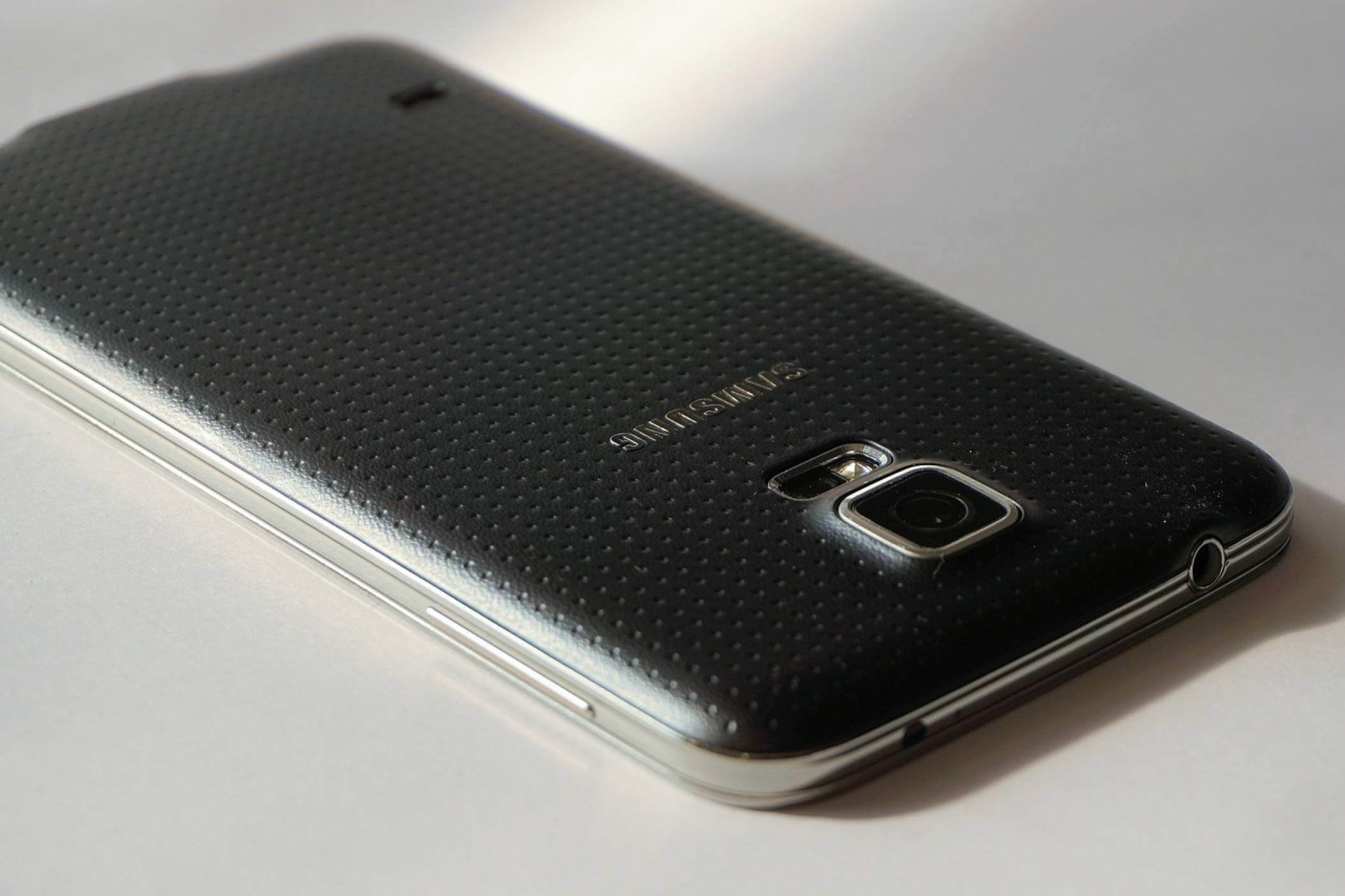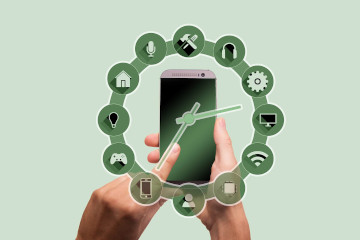

Choosing the Right Smartphones for Your Security Business
It is becoming clear that more and more security officers are carrying a smartphone as part of their standard equipment. This sparks the debate regarding whether it is best to supply your employees with iPhones or Android phones. While there are certainly no shortage of articles that generically discuss the merits of each, for example hereand here, I thought I would look at some of the more specific needs of the contract security market as it pertains to choosing iPhones or Androids.
Standardization vs Flexibility
One thing the iPhone certainly has going for it is standardization. Apple does not give you much choice. You either love it or hate it but it is what you get. On the other hand, Android gives you many choices for every level of device. You get to pick hardware from multiple vendors, including ruggedized models, waterproof models and models with built in keyboards. You have many choices when it comes to the exact setup of the devices. Android is simply more customizable than iOS. You can standardize your workforce on one particular brand and setup of Android device that makes sense for your business.
In the context of the security industry, this means you need to make some trade-off choices. Here are a few characteristics you should likely consider.
Ruggedization for the Guard Industry
When guards are out on the beat, it’s inevitable that the device will be dropped or damaged in some way.
When looking at how rugged a device is, its best to look at its International Protection Marking or IP Code. This code gives you two numbers, the first is the solid particle protection and the second the liquid ingress protection. For more details on what each number means, have a look at the table here. In the case of a cell phone, it means how waterproof or dustproof the phone is.
Apple does not seem to have ever applied for an IP rating for the iPhone and certainly does not claim it is rugged. In order to make an iPhone rugged, you need to put it in some kind of case which adds to its cost. See some examples can be found here. Of course, there are also cases for Android phones so you can go for a phone and case combination in either situation.
On the other hand, there are multiple ruggedized Android devices out there, many of which have an IP67 or IP68 rating which might allow you to get away without a case. This means they are “Dust Tight” and can either deal with “ Immersion up to 1 m” or “Immersion beyond 1 m.” Some go further and support the military standard 810G specification. Have a look look at some examples here and here.
Phone Cost
As of today, an iPhone SE costs $399, an iPhone 6s is $649 and an iPhone 6s Plus is $749. There are many Android choices out there and you can find new phones for under $200 and vendor refurbished phones below $100. See some examples of cheap phones can be foundhere.
If you have a large workforce, these prices can certainly add up. Some carriers will offset the price of a new phone by paying for it over a two year period, or they may come free with a long term contract.
When opting for a cheap phone, some older models of Android phones do not have the necessary features you may need, so make sure the device you buy is usable for your application. In particular, make sure it supports NFC if you want to use NFC tags.
Supporting NFC Tags is critical for security
One of the main applications for smartphones in the security industry is for monitoring guard tours. I have written a previous blog on the kind of technologies that are used for this that can be found here. One such technology is NFC or RFID tags. While the iPhone does have some NFC capabilities, they are limited to using the Apple Pay system. This means you cannot do an NFC based guard tour with an iPhone. Most Android devices support NFC and RFID.
Any iPhone based guard tour system needs to be based on QR codes or some other barcode technology. As I have discussed before, this has two major disadvantages.
The first issue can compromise your security. The QR codes can be easily copied and read by anyone. Security guards can copy them and scan them from any location to fake their tour. NFC tags cannot be copied at all.
The second issue is related to functionality. In order to use a visual tag, it needs to be photographed by the phone. This not only takes longer than just touching an NFC tag but is also more error prone. There are often problems in low light or other difficult visual environments such as through glass. This happens frequently when the QR code is put on the inside of glass door facing out. During rain or snow, using the camera to capture a QR code can be extraordinarily difficult as the lens becomes foggy or moist with condensation blurring the image.
We have also found higher resistance from property managers to having large visible QR codes on their properties. NFC tags can be easily hidden under or behind objects and can still be scanned.
Thank you for reading our blog. Please add your questions or comments or contact us if you would like to learn more about leveraging technology to enhance your physical security business.
New Kugadi Posts

The hidden challenges of remotely managing operations and why smart automated security technology is so important in mitigating risks.

By using a data-driven approach, companies have a holistic view of how areas perform and can find repeat problem areas to take action. They can better understand if more lighting is needed, extra guards, etc.

Looking at the data you collect greatly helps you run your security guard company